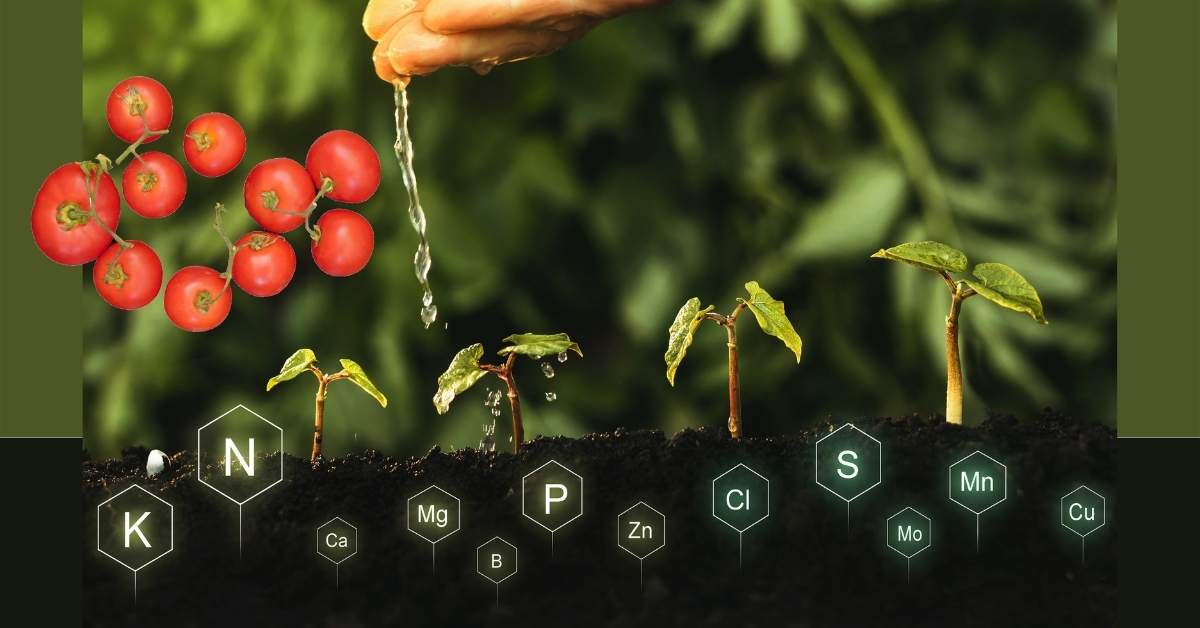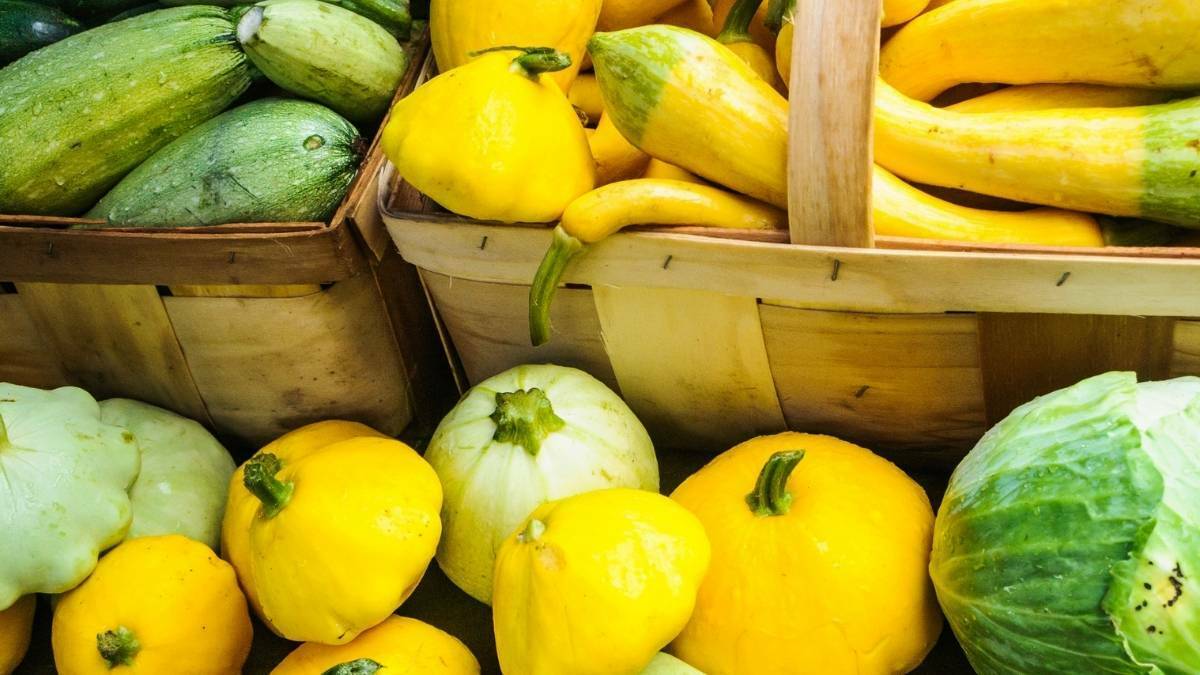Essential Elements
There are 16 elements;
- carbon (C),
- hydrogen (H),
- oxygen (O),
- nitrogen (N),
- phosphorus (P),
- potassium (K),
- calcium (Ca),
- magnesium (Mg),
- sulfur (S),
- boron (B),
- chlorine (Cl),
- copper (Cu),
- iron (Fe),
- manganese (Mn),
- molybdenum (Mo),
- Zinc (Zn)
which has been identified as essential for the average growth and development of all plants. Three of the elements (C, H, and O) are classed as the structural elements, the remaining the mineral elements. Here is a detailed explanation of the necessary elements and nutrients for tomato plant growth:
Essential Structural Elements for Successful Tomato Plant Growth
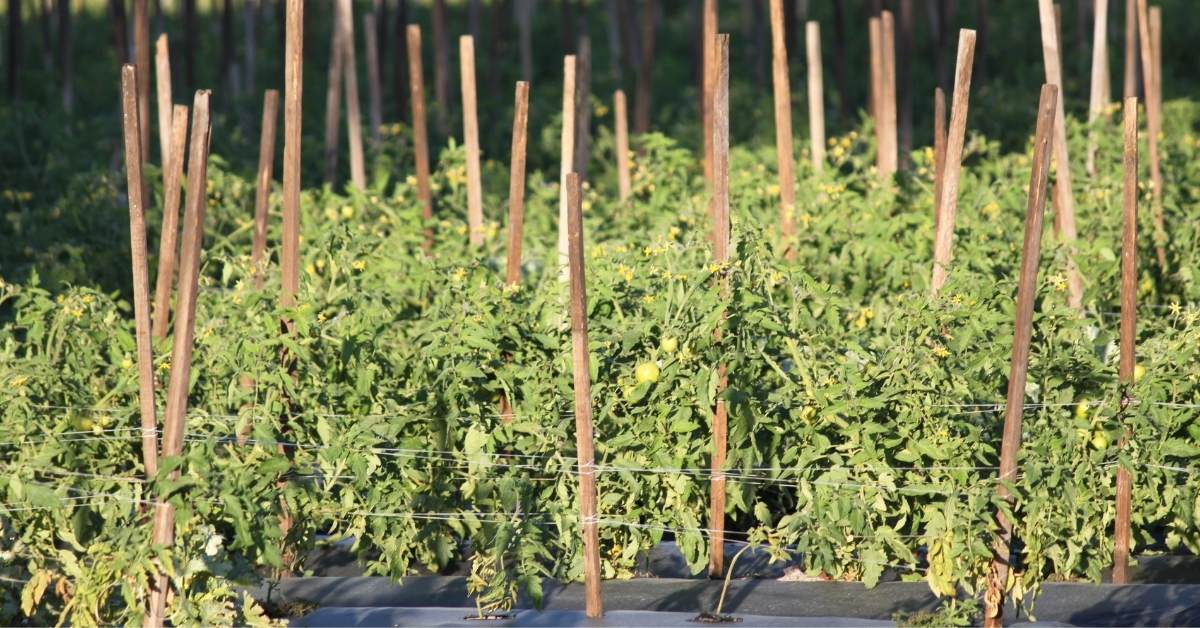
Chlorophyll-containing plant leaves in the presence of light, the three essential elements, carbon (C), hydrogen (H), and oxygen (O), are combined in the process called “photosynthesis” to form carbohydrates. Carbon dioxide (CO2) comes from the air surrounding the plant, and water (H2O) is absorbed through the roots.
In the photosynthetic process, a water molecule is split and combined with CO2 to form a carbohydrate, while a molecule of oxygen (O2) is released. Since tomato is a C3 plant, the first product of photosynthesis is a 3-carbon carbohydrate.
The formed carbohydrate becomes the building block for the formation of compounds that form the cellular structure of the plant as well as other organic compounds in the plant.
Essential Mineral Elements
The essential mineral elements, 13 in number, are absorbed through the roots in either their cationic or anionic form from the solution in rooting media.
These elements are grouped into two categories, the major elements ((nitrogen (N), phosphorus (P), potassium (K), calcium (Ca), magnesium (Mg), and sulfur (S)) and the micronutrients ((boron (B), chlorine (Cl), copper (Cu), iron (Fe), manganese (Mn), molybdenum (Mo), zinc (Zn)).
The major elements are found in the plant are percent concentrations (0.5 to 10%), while the micronutrients in concentrations less than 0.01%. In total, these elements make up about 5 to 10% of the dry weight of the plant; the remaining 90 to 95% are structural elements.
Critical Major Mineral Elements

There are four significant elements, N, Ca, K, and P, which are particularly critical in the production of tomatoes in soil-field systems, but probably more so for hydroponically- grown plants.
Nitrogen (N)
The tomato plant’s two ionic forms of N are ammonium (NH4+), a cation, and nitrate (NO3-), an anion. Both N forms are found in fertilizers and reagents used to make a nutrient solution.
They are also found in widely varying concentrations in either the soil solution or water in a soilless media. When NH4 is the primary N source, toxicity can occur, resulting in a significant reduction in fruit yield.
However, in the initial stage of tomato plant development, the NH4-N form is more readily utilized, thereby benefiting early plant growth and development.
However, when the tomato plant enters its reproduction stage, NH4 can adversely affect both plant growth and fruit yield and increase the incidence of blossom-end rot (BER) in fruit.
This phenomenon has been frequently observed and reported. If the NH4 percentage is more significant than 25% of total N in a nutrient solution, there is a decrease in fruit’s number and fresh weight. In addition, the number of fruit with BER increases.
Calcium (Ca)
The lack of Ca is intimately tied to the occurrence of BER in fruit. However, the occurrence of this fruit disorder is not just a Ca deficiency problem but is due to a combination of factors that restrict the movement of Ca into the plant and fruit.
The most common inducing factor is moisture stress due to either an excess or deficiency of water. High humidity and/or excess water conditions slow the transpiration rate of the plant. Since Ca moves in the plant in the transpiration stream, a reduction in water movement within the plant reduces the amount of Ca-carrying water reaching the developing fruit.
Under water stress, the same phenomenon occurs, and BER occurs in developing fruit. Any factor that would restrict the uptake of Ca through the roots, such as low soil pH and imbalance among the significant cations, K and Mg plus NH4, whether in soil, soilless media, or in a nutrient solution, can interfere with Ca uptake.
Having a sufficient concentration of Ca in the soil, soilless media, or a nutrient solution is essential. Still, frequently it is the balance among the significant cations that interferes with the Ca uptake.
Applying Ca-containing solutions to the foliage or developing fruit has little influence on the Ca nutrition of the plant or on preventing the incidence of BER on the fruit.
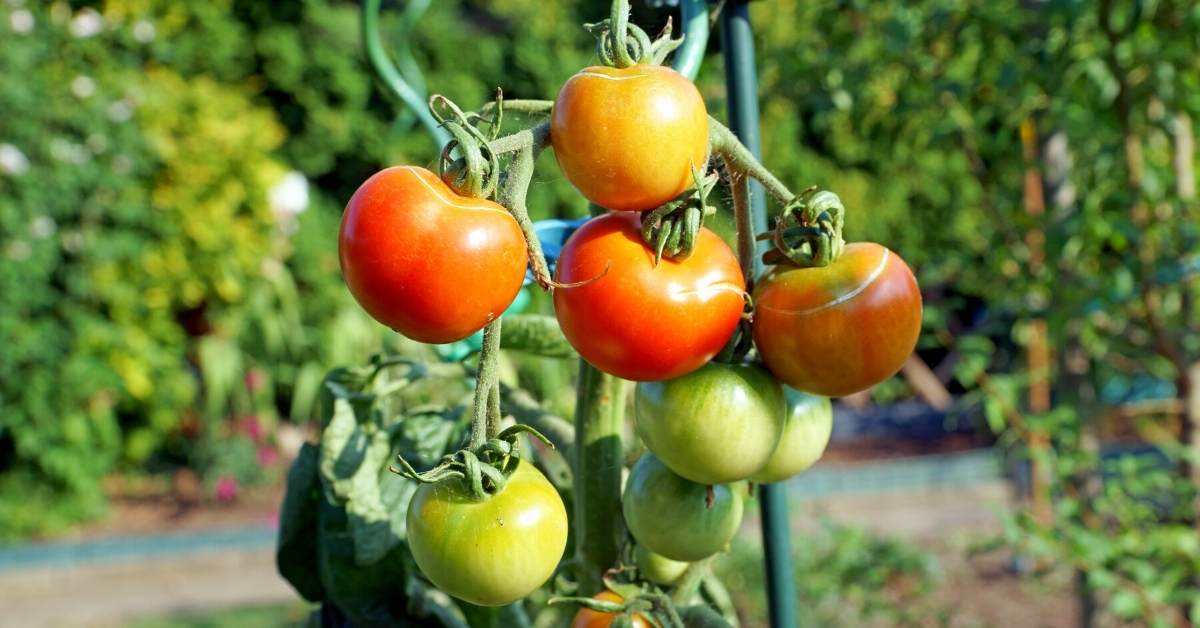
Phosphorus (P)
For a number of years, Phosphorus deficiency was a significant concern; its insufficiency slows plant growth.
The tomato plant may be deficient in P and yet show no visible leaf symptoms. In soil, maintaining the soil P above a “low” level and keeping the soil water pH within the optimum range (6.0-6.5) should be the goal for a fertilizer-lime recommendation.
However, keeping the P soil level just under the “high” and certainly under a “very high” test level avoids possible interactions with other elements, such as Zn, and to a lesser degree Fe, thereby creating an imbalance among elements that could result in a nutrient element deficiency.
In a hydroponic solution, 20-50 mg P/L (ppm) in the nutrient solution is recommended, although that level can be toxic to plants if continuously maintained. The optimum P concentration range should be between 15 to 30 mg/L (ppm).
Whether growing in soil or by hydroponic culture, the level of P should be carefully monitored by periodic analysis of the growing media, the nutrient solution, and the tomato plant itself.
If the P level in the tomato plant exceeds 1.00%, then a significant and immediate change in P supply must be made to avoid an induced Zn deficiency.
Potassium (K)
An inadequate supply of K to the tomato plant will result in uneven fruit ripening, thereby reducing fruit quality. For the soil grower, the soil test level for K should be maintained at “high,” but not over that level since excessive levels of K can significantly interfere with the availability of Mg and Ca.
Potassium uptake by plant roots is significantly affected by soil aeration and temperature. Keeping the soil too wet, K uptake will be reduced. In the hydroponic production of tomatoes, the K concentration in the nutrient solution should range between 100-200 mg K/L (ppm).
It is not uncommon to increase the K content in the nutrient solution when the tomato plant begins to fruit. Still, that increase needs to be carefully monitored to prevent the occurrence of either an Mg or Ca deficiency.
Magnesium (Mg)
Magnesium deficiency can easily occur in both soil- and hydroponically-grown tomato plants. The deficiency primarily occurs when there is an imbalance among the other major elements, K and Ca, plus NH4, as Mg is the least competitive cation among these three.
In addition, Mg deficiency symptoms (interveinal chlorosis on the older leaves) can be an indication of some type of plant stress due either to low or high moisture or temperature conditions.
A severe Mg deficiency can result in BER in the fruit. Some tomato cultivars are sensitive to Mg and will easily show deficiency symptoms on their mature leaves, even though Mg may be at a sufficient concentration in the rooting medium.
Critical micronutrients for tomato plant growth
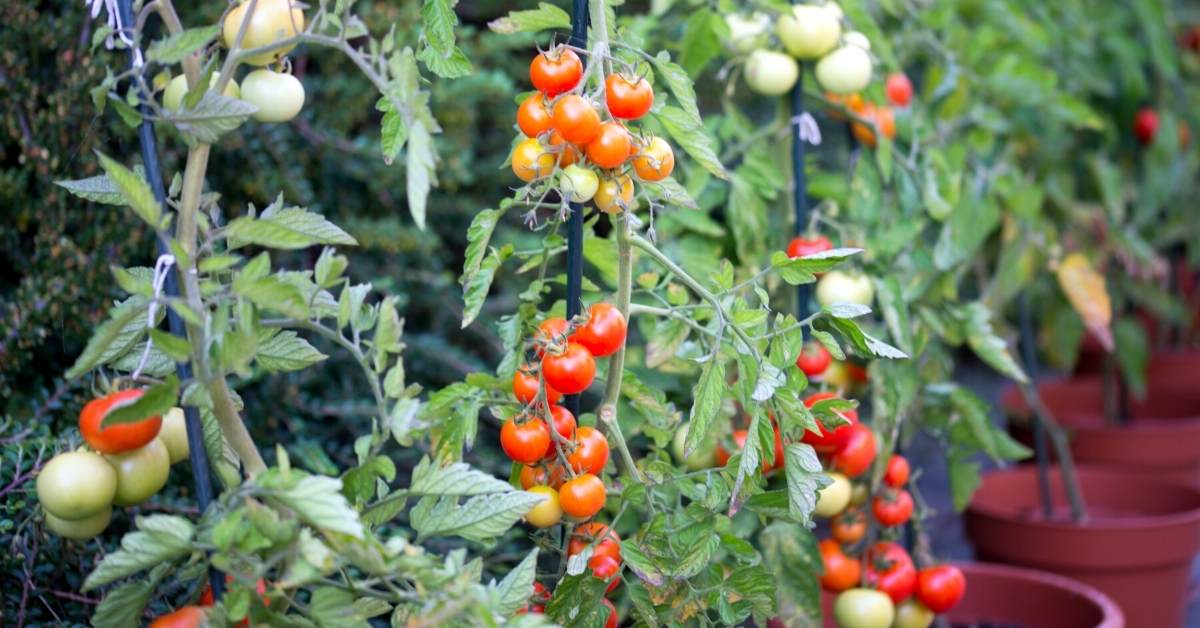
Those micronutrients that have been studied explicitly for tomatoes are B, Fe, and Zn, the main focus being on their deficiency. Micronutrient deficiencies are not common except on very sandy soils, on high pH soils, or in instances when imbalances occur due to significant element excesses, such as P.
High plant Mn levels can occur when the soil is very acid or in soilless rooting mixes in which pine bark is a major ingredient and when P availability is high.
Boron (B)
Boron deficiency will not likely occur unless there are unusual growing conditions, such as temperature and moisture stress, or on sandy soil low in organic matter content. Lack of adequate B will result in poor fruit sets and low fruit quality.
Iron (Fe)
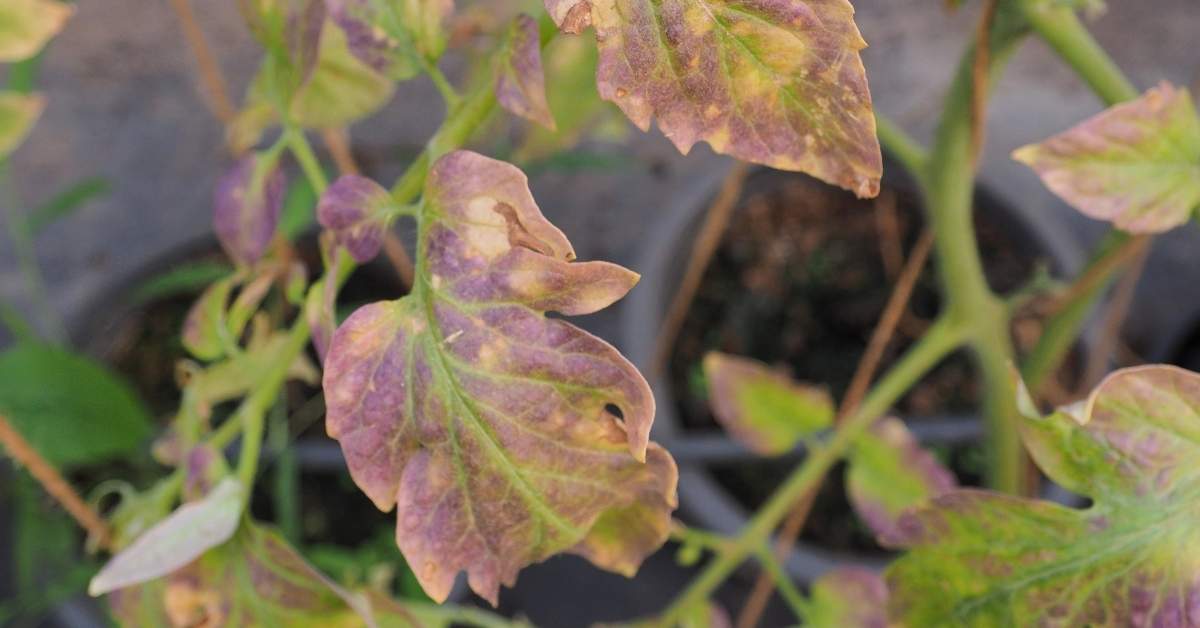
Under normal soil conditions, Fe deficiency is not likely to occur unless the soil is low in “available” Fe or above 7.0 in pH.
Iron deficiency symptoms (light green to yellow leaves occurring on emerging leaves) occur when the plant is under stress from lack of adequate moisture, during periods of rapid plant growth, or changing light conditions.
Generally, with time, these deficient-looking leaves will eventually develop a standard green color. Maintaining sufficient Fe concentration in a nutrient solution can be difficult when using various inorganic forms of Fe, such as ferrous sulfate (FeSO4) or ferrous ammonium sulfate ((NH4)2SO4.FeSO4.6H2O) as recommended in Hoagland-type formulations.
Chelated Fe, normally FeDTPA, is the recommended form since it remains relatively stable in solution. FeEDTA is not recommended as EDTA can be toxic to plants. The use of chelated Fe in a nutrient solution can reduce the uptake and utilization of chelated Zn.
Iron-deficient plants will respond to foliar-applied Fe solutions.
Zinc (Zn)
Tomato plants can be Zn deficient without visual symptoms appearing, resulting in slowed plant growth and poor fruit set. In both soil and hydroponic growing situations, high levels of “available” P can significantly reduce Zn uptake by the plant.
For hydroponic nutrient solutions, keeping the P in solution between 15 and 25 mg P/L (ppm) and doubling the Zn Hoagland formulation concentration is needed to avoid Zn deficiency. The use of chelated Fe in a nutrient solution can reduce Zn uptake and utilization.
Caution :
When not in their proper concentration range in the growing media or plant, the micronutrients can result in a deficiency or toxicity. Based on a soil test and/or plant analysis-based recommendation, a micronutrient should be added to the soil.
Monitoring the micronutrient concentration in a nutrient solution is essential to avoid their excess accumulation or deficiency.
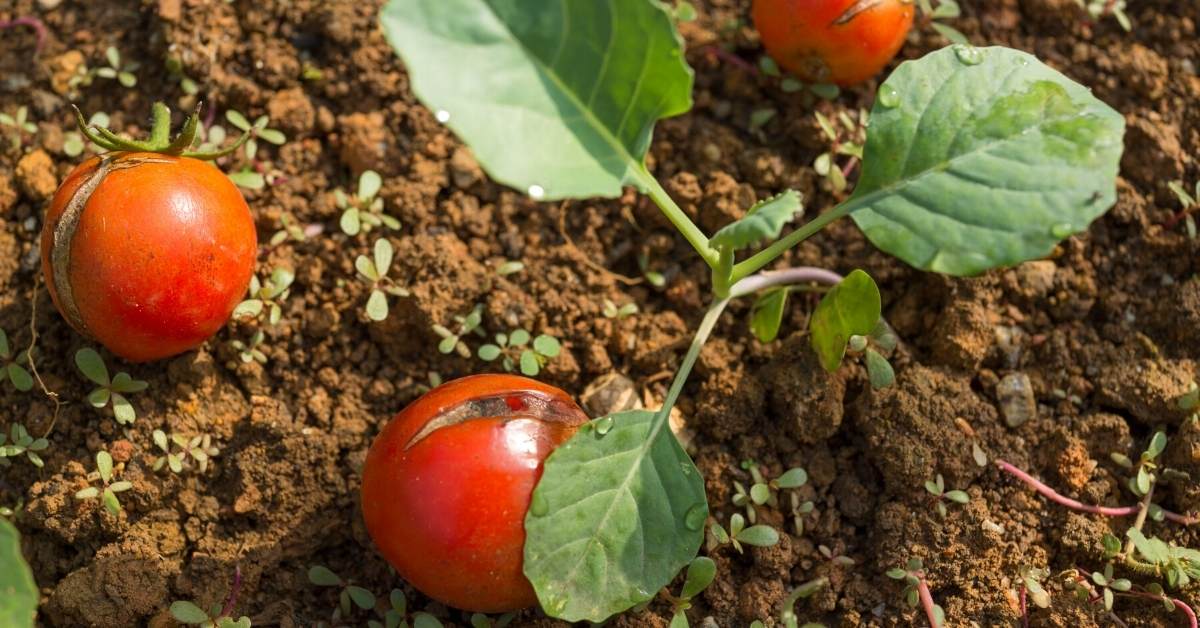
The Other Essential Elements
Sulfur (S), chlorine (Cl), copper (Cu), manganese (Mn), and molybdenum (Mo) are the other essential mineral elements, and their omission from this discussion does not mean that they are not important – indeed they are.
But their insufficiency in either soil, soilless media, or hydroponic nutrient solutions is not likely to occur under normal growing and cultural conditions.
Beneficial Elements
A body of literature suggests that there are elements that can be beneficial to the plant, and therefore should be readily available to the plant or added, particularly to a nutrient solution.
These elements are naturally present in sufficient concentration for soil growing, but in hydroponic nutrient solutions, they may or should be included in the formulations.
Silicon (Si)
This element has been suggested as being essential for grain crops, particularly rice. Silicon has also been found to enhance the disease resistance of plants to various fungi by strengthening the leaf tissue so that fungi hyphae cannot easily penetrate the leaf surface.
The addition of Si to a hydroponic nutrient solution is becoming a common practice, the concentration being between 100 to 140 mg Si/L (ppm). This element is frequently confused with silica (SiO2), an insoluble compound known as sand.
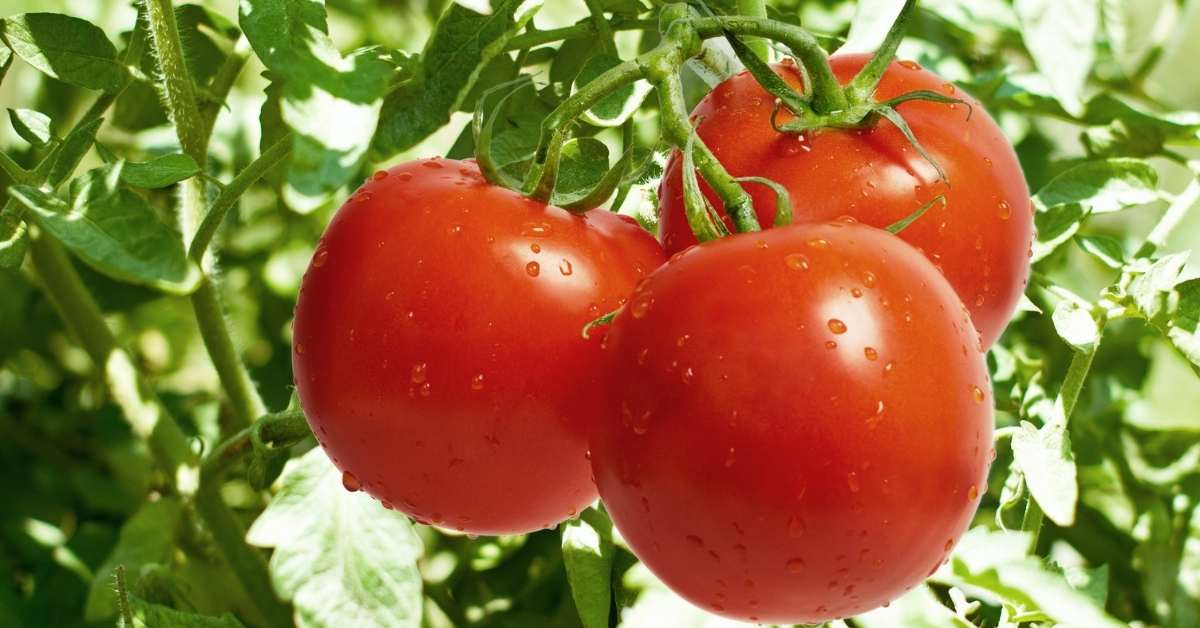
Sodium (Na)
In some plants, Na will partially substitute for K, thereby enhancing plant growth. It has been suggested that adding Na to a hydroponic nutrient solution (at 30 to 50 mg Na/L (ppm)) will enhance the flavor of tomato fruit.
Vanadium (V)
It has been found that V can partially substitute for molybdenum (Mo), particularly in plants with a high Mo requirement.
It is not recommended that this element be either soil supplied or added to a hydroponic nutrient solution formulation unless its deficiency has been confirmed by an assay of the growing media or plant.
Nickel (Ni)
Some have recommended that Ni be added to the list of essential mineral elements. Its deficiency can result in the lack of germination of seed produced by plants is Ni- deficient barley plants.
However, at this time, it is not recommended that this element be either soil supplied or added to a hydroponic nutrient solution formulation.
